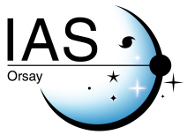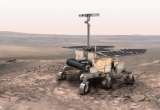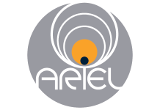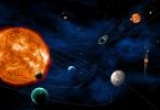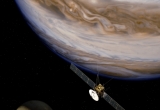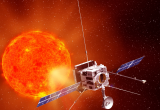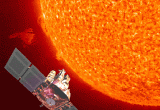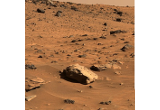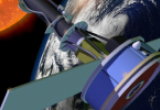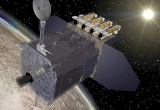Mars is privileged target in planetary sciences, in particular because of the conservation of ancient grounds (-4.5, -3.7 billion years) on the highlands of the South, while the Earth was living its first moments. This interest has grown in recent years with the discovery of ancient deposits bearing various hydrated phases including phyllosilicates, which are minerals testifying to the presence of liquid water in a stable manner on time scales that could be compatible with the development of life.
The objective of the ExoMars mission of the European Space Agency (ESA) is to characterize this astrobiological potential. This mission includes an orbiter (Trace Gas Orbiter / TGO), launched in 2016 and currently in orbit around Mars, and a rover scheduled for launch in 2022.
